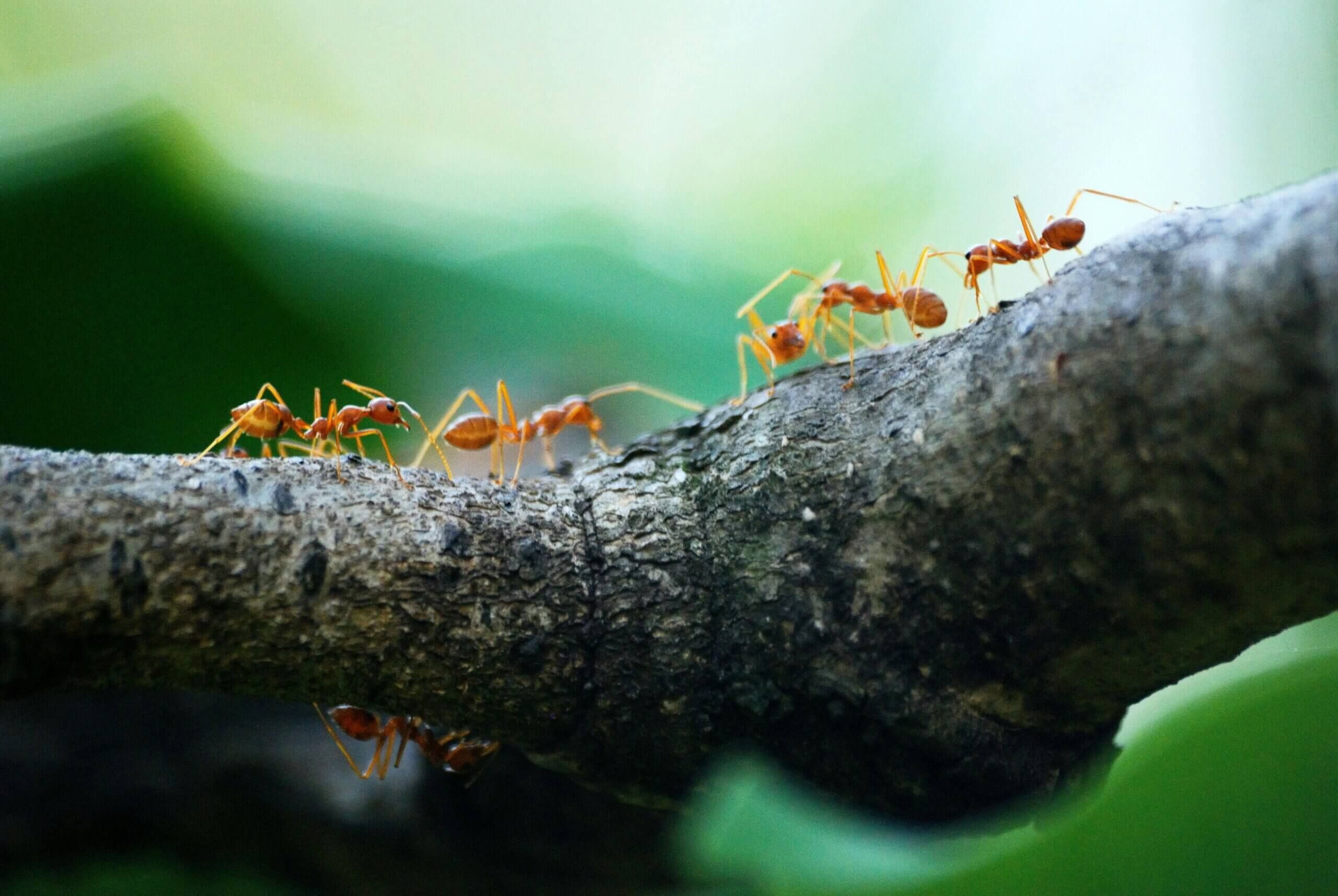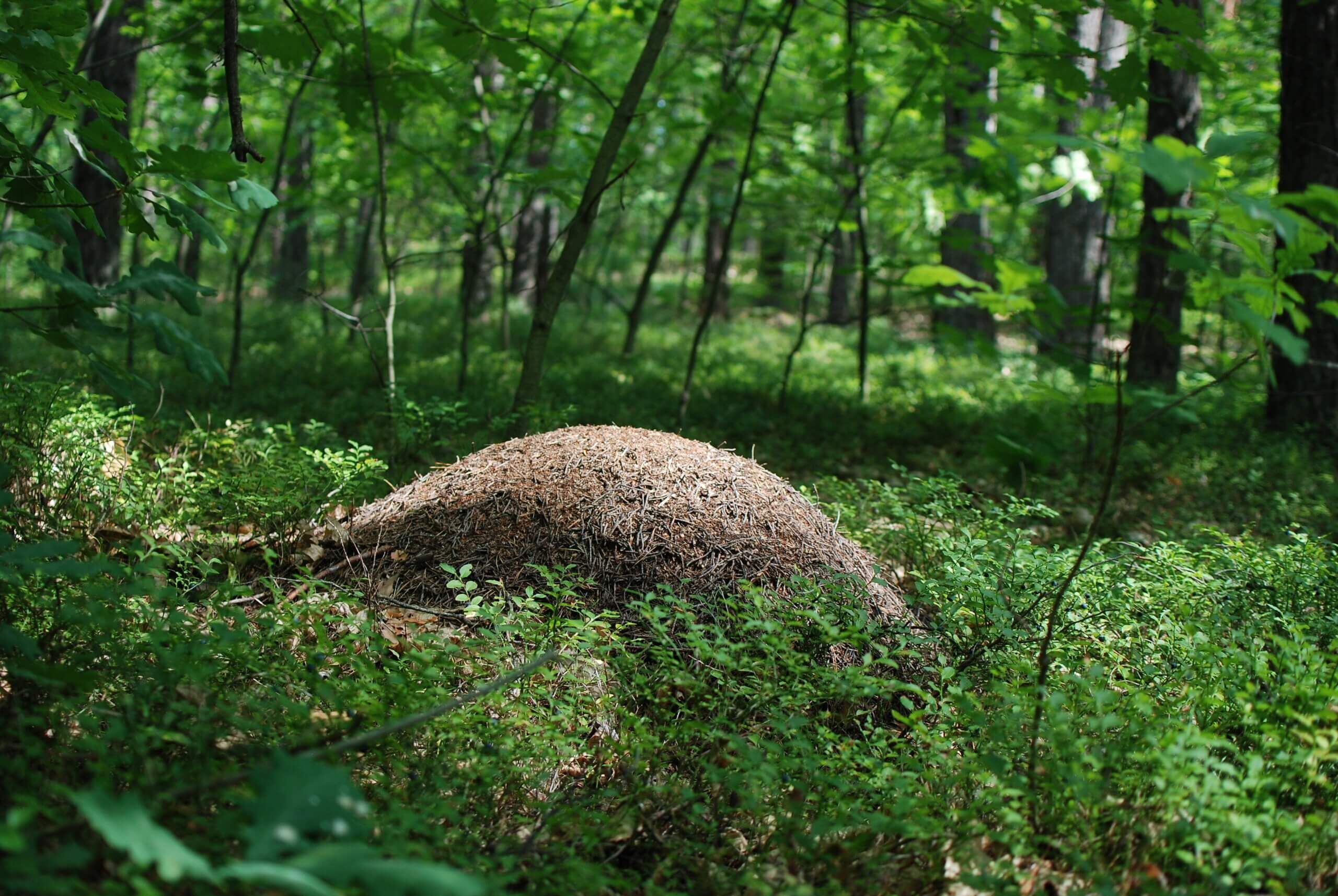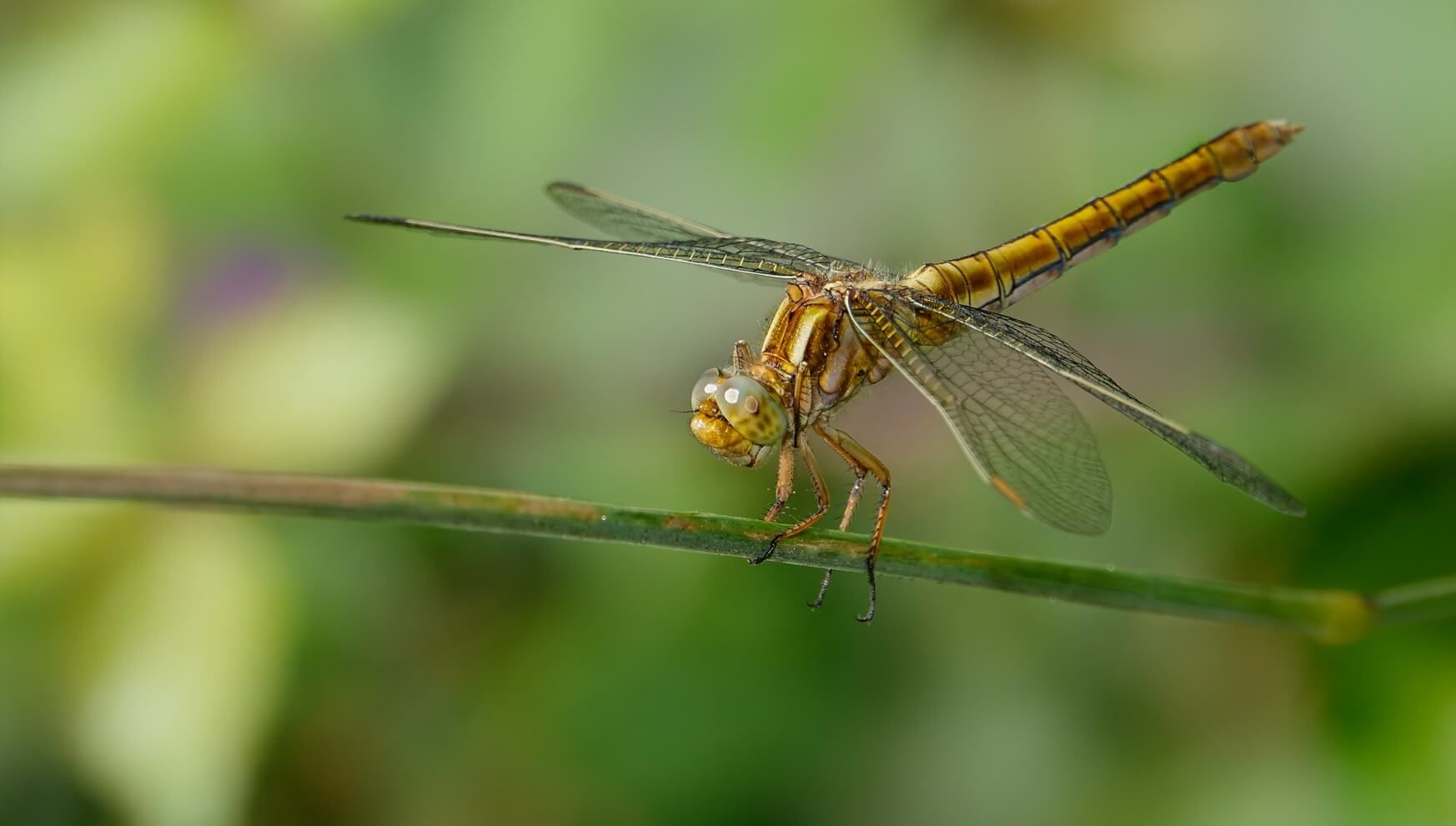Over the past sixty years, climate change has driven ants from their native habitats in Gregory Canyon near Boulder, Colorado (USA). The ants cannot tolerate the higher temperatures. This is the conclusion of research published in the journal Ecology.
Like all insects, ants are ectothermic, meaning their body temperature, metabolism and other bodily functions depend on the ambient temperature. As a result, ants are sensitive to temperature changes, making them a good marker to study the impact of climate change on ecosystems.
Driven from habitat
Ants in Colorado’s Boulder foothills are shifting their habitat. The resulting change in biodiversity could potentially alter local ecosystems, said first author Anna Paraskevopoulos, a doctoral candidate in the Department of Ecology and Evolutionary Biology at the University of Colorado Boulder.
Research conducted again
More than sixty years ago, entomologist Robert Gregg and student John Browne inventoried the ant populations in Gregory Canyon. After reading their research, Paraskevopoulos and her team set out to see if the ant population has changed since then.
The researchers sampled the same study sites on approximately the same dates, between 2021 and 2022. Just as Browne and Gregg did in 1957 and 1958. The team collected hundreds of ant samples from different parts of Gregory Canyon, each with its own unique environment. For example, the north slope of the gorge is a cool forest, dominated by pine and spruce trees. The southern slope consists mainly of scrub, while streams and ditches form the bottom area.
.
.
While the city of Boulder (see map above) has expanded greatly since the original study, Gregory Canyon has remained a natural environment and largely unaffected by land use changes. Paraskevopoulos:
“This gave us the opportunity to study the isolated effects of climate change. In many other studies, the effect of land use and climate change are often intertwined.”
Temperature range
Although Paraskevopoulos and her team discovered ants that had previously not been seen in the canyon, several other ant species had expanded their habitat and now dominated the sites. At the same time, some other ants that Browne and Gregg observed were less widespread or even went unnoticed. Julian Resasco, the paper’s senior author and an assistant professor in the Department of Ecology and Evolutionary Biology:
“Across the different environments and habitats in the canyon, we see that the composition of ant species is becoming increasingly similar.”
.

The team found that twelve ant species are more difficult to find compared to sixty years ago. Ants that forage over a wider temperature range are now widespread, while species that forage over a narrower temperature range have become rare, possibly because they are more sensitive to temperature changes or face increased competition from other ants that have expanded their habitat.
An ‘insect apocalypse’
Despite their small size, ants are essential ecosystem engineers. They supply air to the soil by creating tunnels and chambers underground, and speed up the decomposition of dead plants and animals. Different ant species can play unique roles in the ecosystem, such as dispersing certain types of seeds or hunting specific insects. Paraskevopoulos:
“If the ecosystem has only one type of ant, it could mean that the animal only contributes to the functionality of the ecosystem in one way, potentially reducing the stability of the ecosystem.”
It remains unclear how changes in ant populations in Gregory Canyon have affected the local ecosystem. But when one species disappears, it impacts other organisms that rely on them for food, pollination or pest control, Paraskevopoulos said.

The research finding illustrates that changes in ant biodiversity can occur globally, in both urban and natural areas, due to climate change. Globally, insect populations and diversity are rapidly declining, and the study adds another piece of evidence to what many scientists are calling an ongoing “insect apocalypse.”
.
Insect populations are shrinking rapidly worldwide
Other insects
An analysis of 16 studies found that insect populations have declined by 45 percent over the past four decades. In North America, the monarch butterfly population has shrunk by 90 percent in the past 20 years. In Colorado, one in five native bumblebee species is at risk of being permanently displaced by climate change. Resasco:
“In response to climate change, species are changing the areas where they occur. Some of them spread and become winners, while others collapse and become losers. This work helps us understand how those communities rearrange themselves, which can impact how ecosystems function.”
.

Climate change
The changes in ant populations in Gregory Canyon highlight the impact of climate change on ecosystems worldwide. These shifts are just an example of the disruptions happening everywhere. There is an urgent need to develop adaptation strategies to help species adapt. Collaboration and action are essential to create a sustainable future where both people and nature can thrive.
Source:
City in Colorado is the first in the US to give rights to nature
Climate change is throwing the insect world out of balance
©AnimalsToday.nl Aurora van de Loo










